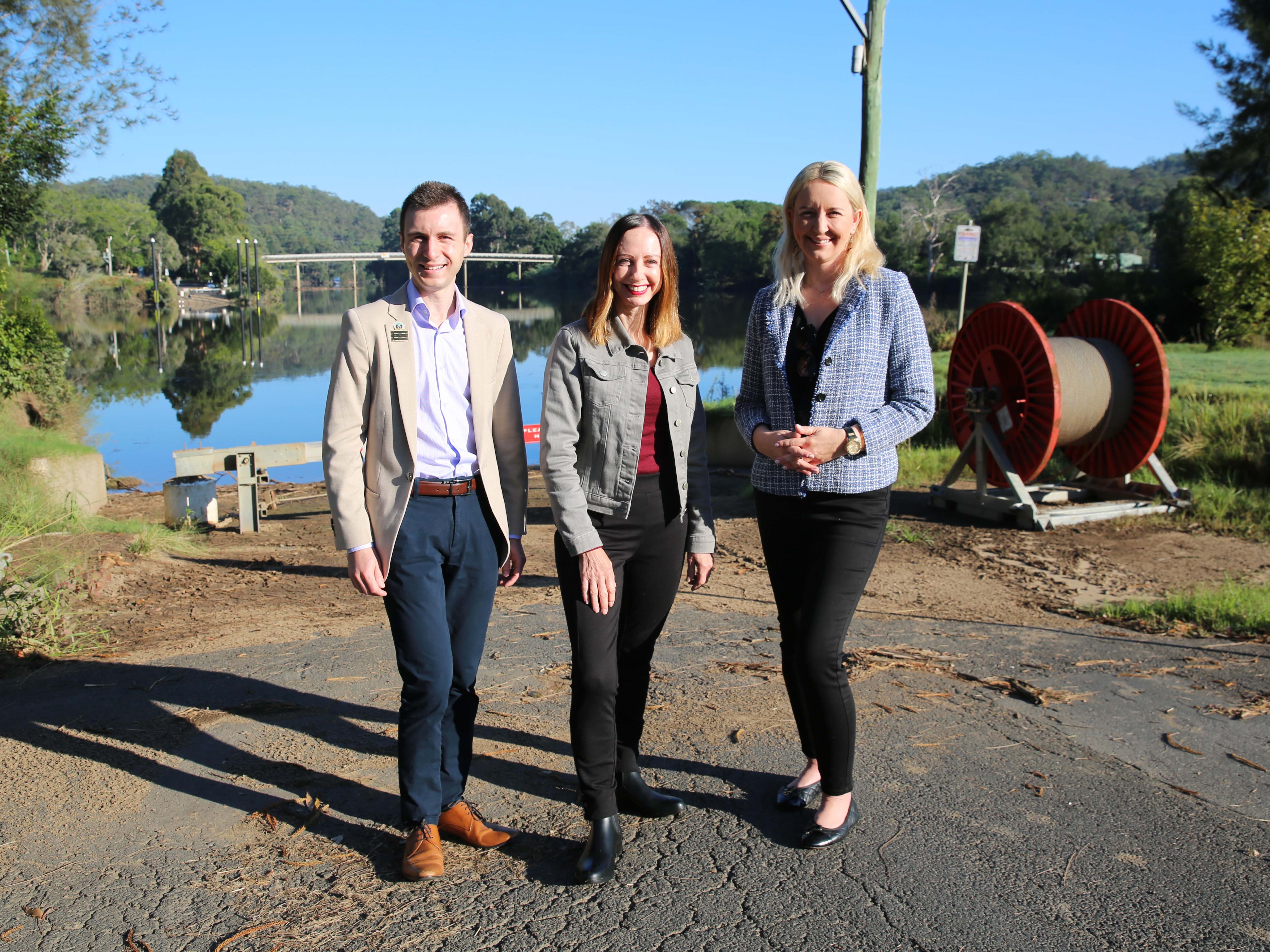The Leukaemia Foundation is today shining a spotlight on blood cancer in Australia as it welcomes the tenth Blood Cancer Awareness Month and sharpens its focus on turning the tables on one of the country’s most common and deadly cancers.
The number of Australians diagnosed with a blood cancer has jumped 38% in the past decade alone. Today, more than 17,300 people are expected to be diagnosed with the disease this year and sadly, more than 5600 Australians will lose their life, an increase of 27%[1].
Projections show that while 110,000 Australians are living with blood cancer today, that number will more than double to 275,000 by 2035. Blood cancer is also expected to claim the lives of 186,000 Australians in this time[2].
The Leukaemia Foundation’s Acting CEO Alex Struthers said that, sadly, survival could also depend on where you live. Last year’s first-of-its-kind State of the Nation: Blood Cancer in Australia report revealed a 13 per cent gap in survival rates between patients in regional and metropolitan areas (5%), and between states and territories (8%).
“The State of the Nation report showed us that regional blood cancer patients aren’t receiving the crucial diagnostics and specialist care they need, when they need it and are more likely to face barriers in getting this care,” she said.
“Over half of all blood cancer patients living in regional and remote areas are more likely to wait over a month to see a haematologist after presenting to a GP, and a third are unsure about their treatment plan. One in four of these patients also don’t know where to go if they have more questions about their blood cancer.
“By breaking down these barriers and removing variations in access to best practice treatment and care, Australia could minimise mortality and potentially save up to 22,000 lives by 2035.
“Ending the postcode lottery faced by regional patients and turning the tables on blood cancer in this country is a priority for the Leukaemia Foundation.”
The Leukaemia Foundation’s release of the State of the Nation report last year led to Federal Minister for Health, The Hon. Greg Hunt MP establishing the Blood Cancer Taskforce – a unique collaboration of some of the nation’s top blood cancer experts and leaders to transform care and support and break down the barriers to a cure for all Australians living with blood cancer.
The Taskforce is now preparing to launch the National Strategic Action Plan for Blood Cancer – a cutting-edge national blueprint to save the lives of Australian’s facing blood cancer with a bold vision of zero lives lost to the disease by 2035, due for release soon.
Ms Struthers said the unique collaboration of the Blood Cancer Taskforce and and the development of the National Strategic Action Plan for Blood Cancer represented a real opportunity to change the face of treatment, care and ultimately survival for Australians facing a blood cancer diagnosis.
“Australia has strong foundations in regards to access to new therapies and universal access to a national health care system, but with a significant increase in blood cancer incidence – even during a global health pandemic – a clear, evidence-based plan is now required to tackle the human and financial toll of blood cancer in our country,” she said.
“There is no one-size-fits-all solution. We have excellent health systems and services across Australia which are achieving remarkable results in improving survival rates and treatment for people living with blood cancer, however we need to work together if we are going to meet the challenges we face and help all Australians with blood cancer not only survive, but to live the best quality of life possible.
“With less than 50% of people living with blood cancer given a written care plan, and only 1 in 5 people having access to a clinical trial[3], there is work to be done to improve supportive care and access to treatment for Australians living with blood cancer. It is our hope that the National Action Plan, once implemented, will pave the path to saving lives as well as bridging these gaps.”
The Blood Cancer Taskforce has delivered the National Action Plan to the Federal Government and will continue to work alongside the government to move towards the launch of the plan soon.
About The Leukaemia Foundation
The Leukaemia Foundation stands with Australia to help cure and conquer blood cancer – with care. Together we are attacking every blood cancer, from every direction, in every way we can.We stand beside every Australian to be their voice and their someone-to-turn-to, fighting to get them access to the best care. We also accelerate research that’s delivering rapid advancements in blood cancer diagnosis and treatments. Plus, we provide services and support that empower people living with any blood cancer to live well after diagnosis. You can learn more about the Leukaemia Foundation and blood cancer at www.leukaemia.org.au.
About Blood Cancer in Australia
Incidence and Mortality[1]:
- Every year, 17, 321 Australians will be newly diagnosed with blood cancer such as leukaemia, lymphoma and myeloma. This is equivalent to 47 people every day or one person every 31 minutes.
- Blood cancer does not discriminate. It can develop in anyone, can occur at any age and at any stage of life across all states and territories, from children to adolescents and young adults to working adults with families and older Australians.
- When combined, blood cancers are among the most frequently diagnosed cancers in Australia, and the most significant cause of non-preventable cancer death.
- One in 10 Australians diagnosed with cancer will have a blood cancer.
- Over 5,600 people in Australia are expected to lose their life to blood cancer or related blood disorders this year. This is equivalent to 15 people per day in Australia.
- Blood cancer is one of the highest causes of cancer death in Australia, claiming more lives than breast cancer (3,031) and melanoma (1,375) combined.
- Approximately one in nine cancer deaths in Australia will be due to blood cancer.
- There are no screening programs available for blood cancers, and there is no way to prevent blood cancer through lifestyle change.
Prevalence[2]:
- Based on AIHW data, the State of the Nation report identified issues with the under-notification of blood cancers in Australia and anticipates that more than 110,000 people are currently living with blood cancer or a related blood disorder in Australia today.
Childhood Cancer:
- Blood cancer (in specific leukaemia and lymphoma), remains the most commonly diagnosed childhood cancer (aged 0-14 years) in Australia, accounting for over 40% of all diagnoses.







